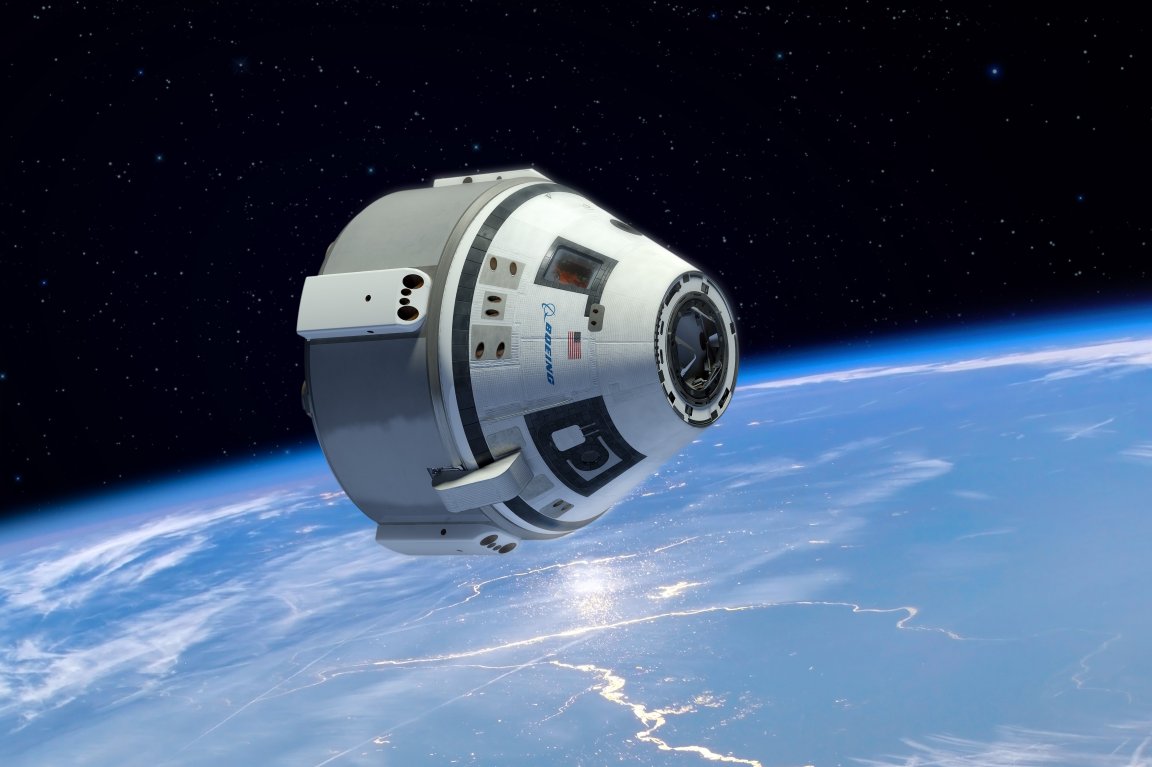
Ride-sharing with the Russians
Since the retirement of the space shuttle program in 2011, NASA astronauts have had to tag along on Russian Federal Space Agency (aka Roscosmos) flights. This ride-sharing system is notedly scrutinized and Charles Bolden, the current administrator of NASA has stated, “I don’t ever want to write another check to Roscosmos after 2017.” That check is $71 million per astronaut per flight. Under the NASA Commercial Crew Program, 2017 is the year Boeing and SpaceX are on course to be able to transport American astronauts on their missions. The Boeing and SpaceX spacecrafts that have been selected are the CST-100 and the Dragon v2, respectively.
 SpaceX
SpaceX
Space, Money, and Politics
NASA will reportedly need $1.2 billion for this program. Congress sets NASA’s budget and, as of Wednesday, the Senate subcommittee responsible for drafting the allocation approved only $900 million for the program. The House version of the prospective budget appropriates $1 billion for NASA, which still falls short. The entire Senate Appropriations Committee will meet Thursday to address the budget. Senator Barbara Mikulski then intends to present an amendment that would raise the allocation to the desired amount. Whatever the Senate decides, both houses of Congress must agree on the final measure for it to move forward.
Launching Americans from Canaveral Again
If Congress does not raise the budget and NASA ends up receiving less than $1.2 billion, officials project serious delays in the program. American astronauts will have to continue running on the schedule of Roscosmos’ launches, potentially having to disrupt their own research and operations. If Congress does resolve to sufficiently fund the program, American astronauts would, once again, be able to launch from American bases.
If the commercial program is a success, it could kickstart a national industry of transporting civilians into space, an effort SpaceX has, since its foundation, expressed its ultimate interest to be.
Sources: Spaceflight Now, Time, Space.com
Images: Popular Science, SpaceX